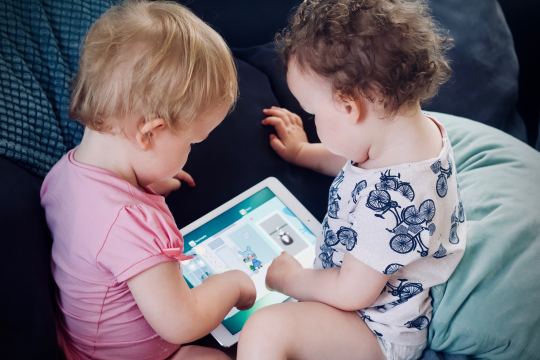The Wise Wonder Enrichment team recently spent a couple of weeks recharging to get ready for the home stretch to the end of the school year! It’s hard to believe we’re already midway through April — didn’t we just welcome new students to our literacy studios yesterday? But even though we’ve got a case of Spring Fever, that won’t stop us from making these last few months count.
With kids on break and more free time in their day to day for a little while, it’s gotten us thinking about different types of stimulation — recreational, educational, and otherwise! — and the ways they enrich and enhance a child’s life. These days, technology has taken over, and sometimes kids are tempted to spend more time on their iPads then with their noses stuck in a book. Both are vital to this day and age — but balance is key.
At Wise Wonder, our classes stick to a more traditional approach to learning.
We don’t incorporate technology into our lessons, and focus on using pencils (or markers, or crayons) and paper to understand literacy. However, we also see the importance of technology for today’s little learners. The use of iPads, computers, and more have already found their way into classrooms and these screens have become a type of language and literacy all their own.
Technology, in both the classroom and at home, is effective in creating well-rounded students! Technology can sometimes engage children in a way that more traditional learning does not, thereby creating more active learners. We use music, puzzles, and games in our traditional approach to keep learning fresh and lively. Both are effectual methods! But how can you incorporate these differing styles to ensure your children are getting the best of both worlds?
For us, it’s all about scheduling.
We believe that there’s space in the day for apps, books, videos, and paper. Create a weekly timetable that opens up, and yet limits, your child’s access to screens. Introduce educational apps — there are many that focus on handwriting and reading using a traditional approach, just with a stylus as opposed to a pencil — and games that are fun and stimulating. It sounds simple, but that’s because it is. Children and adults alike thrive and adapt more easily when given a steady routine to follow.
This same method can be used when incorporating more books into a child’s life.
For some little ones, the early stages of reading can be difficult — particularly when first transitioning from always being read to. Encouraging your children to pick up books on their own from an early age, even just to flip through the pages and look at the pictures, instills in them the desire to continue this routine as they grow. When they start to read, they feel more confident because — to them — they’ve already been “reading” for a while! It becomes less difficult to make kids want to read when they’ve loved reading from the start — which, again, makes them more likely to pick up a book than an iPad.
Include both tradition and technology, and allow your little ones to discover the type of learning environment that best fits their personalities and learning styles. They’ll be all the better for it — in the classroom, and throughout their lives.

